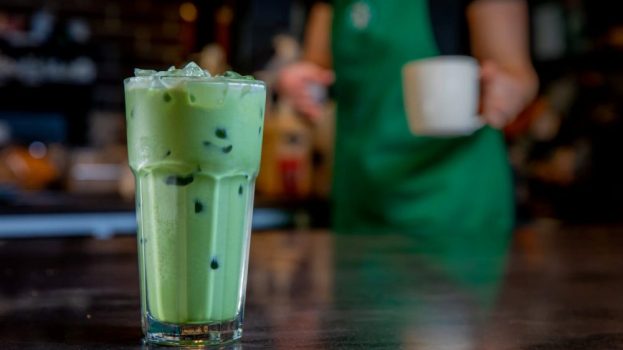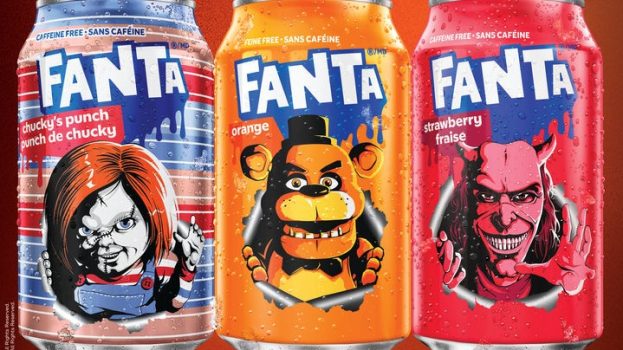
This story originally appeared in the 2024 Spring issue of strategy magazine.
On January 1, 2026, Canadian grocery store aisles will be flooded with fresh packaging that CPG brands are getting ready to adopt – whether they like it or not. Up and down the aisles, consumers will find products showcasing black-and-white stickers. They won’t be pretty, but they will be mandatory.
Canada is set to introduce these front-of-package (FOP) nutritional labels in 2026 for products that contain more than 15% of the suggested daily value of saturated fat, sodium or sugar. The goal is to ensure consumers are informed about the health quality of the products they’re buying.
In 2023, NielsenIQ research found that 47% of Canadian respondents said they would buy less food or beverage products with the new FOP nutrition symbols. Its research also found that when Mexico introduced similar labels in 2020, purchasing frequency for products with warning labels fell by 10%.
“You can’t just treat this as a label update,” says Rodmell & Company president Patrick Rodmell. “It will change how consumers look at products, and you have to manage that or you could lose brand equity and sales.”
To soften the blow of new labeling rules, Pigeon’s VP of strategy Stephane Crevier advises companies prominently highlight other positive attributes. Even if the product is full of sugar, other health or environmental benefits can be emphasized more. “It’s about re-targeting consumer attention on other information,” Crevier says. “[For example], if you have a cause or you protect something on the planet, this message on the back panel could come on the front to attract attention.”
The new black-and-white labels could necessitate an overhaul for some. On bright or pale-coloured packaging, for instance, Crevier says the labels might be more noticeable. The shape of a package could also be an issue, he adds, using Pringles as an example where it could be difficult to place the label on its cylindrical packaging that doesn’t take attention away from the logo or product name.
Carbonated drinks and chocolates are likely to see a sales hit, but some plant-based foods are at risk too, Crevier says. If a product is marketed as being healthier for consumers, having a label that warns of high sodium levels could turn buyers away.
The label change is less than two years away, but that deadline isn’t as far off as it seems, Crevier says. “We will have to create new reflexes, we cannot think the same way as usual in terms of packaging platform structure.”























